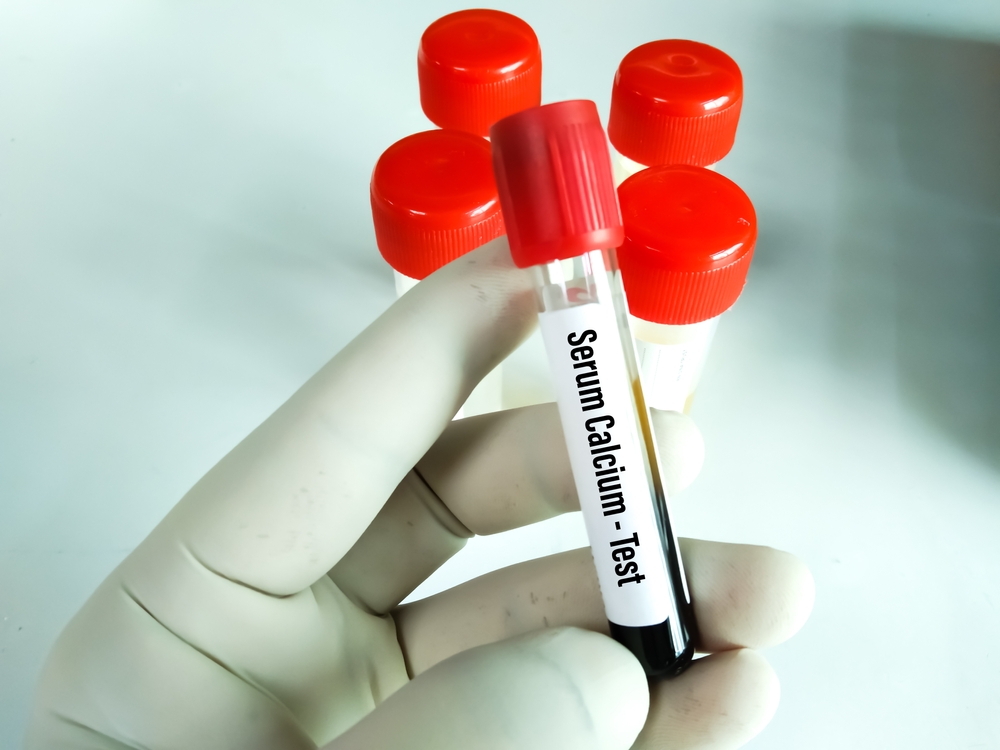Vascular disease is a significant cause of morbidity and mortality in patients with systemic lupus erythematosus (SLE), with cardiovascular disease (CVD) being a leading contributor. While traditional risk factors like age, smoking, and hypertension are present, they do not fully explain the high incidence of premature vascular damage in patients with SLE. The primary driver of this accelerated vascular damage seems to be immune dysregulation, particularly the involvement of type 1 interferon (IFN-I) and neutrophils. IFN-I directly affects endothelial cells and primes immune cells, leading to endothelial dysfunction and vascular damage. SLE neutrophils also contribute by forming immunostimulatory extracellular traps that exacerbate vascular injury.
Despite advancements in clinical care, CVD remains the leading cause of mortality in patients with SLE, particularly in women. There is an urgent need for treatments that can improve vascular outcomes in these patients. A deeper understanding of the mechanisms underlying vascular damage in inflammatory conditions like SLE could not only provide insights for better management of SLE but also contribute to the treatment of common cardiovascular diseases like atherosclerosis and hypertension. This could ultimately lead to more personalized therapeutic strategies for preventing and treating vascular complications in SLE.
Reference: Ambler WG, Kaplan MJ. Vascular damage in systemic lupus erythematosus. Nat Rev Nephrol. 2024 Apr;20(4):251-265. doi: 10.1038/s41581-023-00797-8. Epub 2024 Jan 3. PMID: 38172627; PMCID: PMC11391830.









